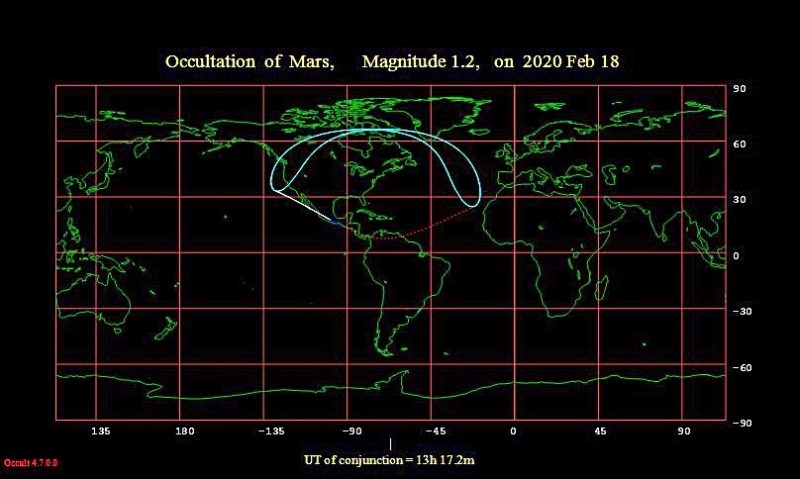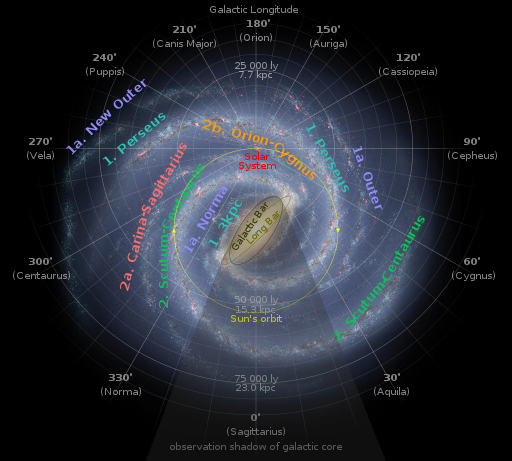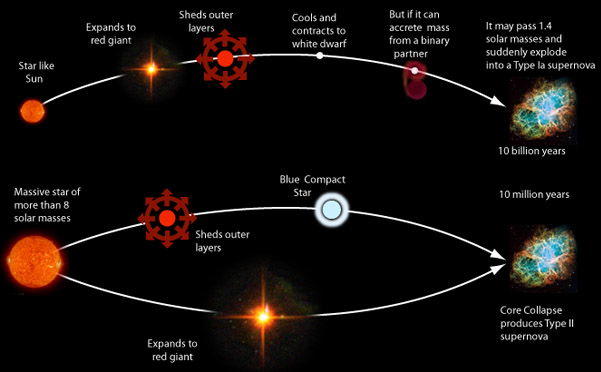This time last week I was looking forward to getting out of this house – the one we’ve been sheltering in place in since mid-March for a week-long trip to a BnB in the Flint Hills.

My original plan included dusting off my telescope in the hope of some dark sky observing, only I forgot to check the moon phase calendar before booking the cabin. Full moon occurs this week (tomorrow if I remember correctly).
But despite all the stress of participating (as a team lead) in a hackathon (and placing second), escaping our home however briefly just wasn’t in the stars.
Terry’s health has been a problem for several months now, including a trip to the hospital last month for a few days (that turned out to be a bad drug reaction and interaction). The hospital food also did a number on his digestive system and he’s still suffering weeks later. So at the last possible moment, I cancelled the trip (rescheduled it for the new moon in mid-April 2021) and resigned myself to a week of home improvement and maintenance projects.
Continue reading “Staycation Halfway Highlights”










 The anorthosite rock highlands are brighter than the maria basalts. Pulverized by meteoric action, both the basalts of the maria and the anorthosite of the highlands are covered by a blanket of powdered rock, also known as regolith.
The anorthosite rock highlands are brighter than the maria basalts. Pulverized by meteoric action, both the basalts of the maria and the anorthosite of the highlands are covered by a blanket of powdered rock, also known as regolith.